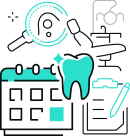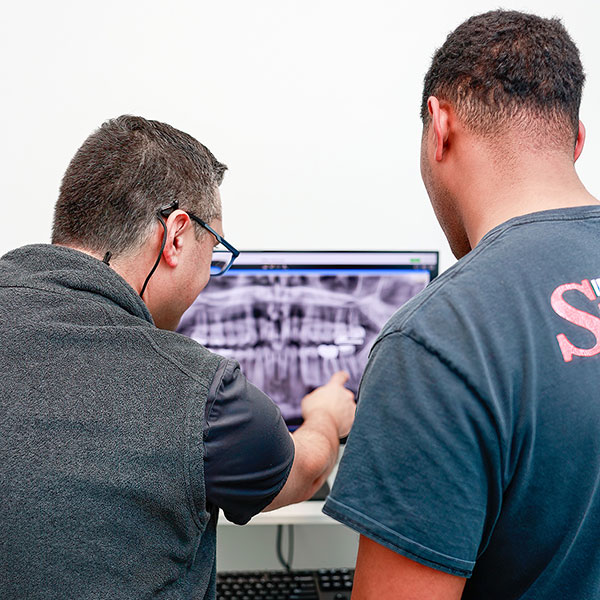
If you desire a straighter smile but prefer a discreet approach, Dr. Aldouri and his associates at Reform Dentistry Fredericksburg and Spotsylvania offer Clear Braces as the solution for you. Dr. Aldouri provides discreet orthodontic treatment options that allow you to align your teeth without the noticeable appearance of traditional braces. Achieve a beautifully straight smile with minimal visibility.

Dr. Aldouri, with years of experience, is dedicated to providing you with the highest quality orthodontic care. He understands that a straighter smile not only enhances your appearance but also contributes to your overall oral health.

Clear Braces offer a subtle alternative to traditional braces. Made from clear or tooth-colored materials, they blend seamlessly with your teeth, making them less noticeable in photos and during social interactions.

Dr. Aldouri will create a personalized treatment plan to address your unique orthodontic needs. He will guide you through each step of the process, ensuring you achieve your desired results.

A: Clear Braces work similarly to traditional braces by applying gentle pressure to gradually move your teeth into their desired positions. However, Clear Braces are made from clear or tooth-colored materials, making them less noticeable.
A: Yes, Clear Braces are an excellent option for adults who want to discreetly straighten their teeth. They are a popular choice among professionals and individuals who prefer a more inconspicuous orthodontic treatment.
A: The frequency of your visits will depend on your individual treatment plan. Dr. Aldouri will schedule regular check-ups to monitor your progress and make any necessary adjustments.
A: Clear Braces are designed to be comfortable and should not significantly affect your daily activities. However, it's essential to follow any care instructions provided by Dr. Aldouri to ensure optimal results.
We’re here to serve you with exceptional dental care at both of our state-of-the-art facilities. Find the nearest location to you and let us take care of your smile. Visit us today and experience the Reform Dentistry difference.
Reform Dentistry of Fredericksburg
Address: 5761 Plank Rd, Fredericksburg, VA 22407
Reform Dentistry of Spotsylvania
Address: 10009 Southpoint Pkwy Ste 201B, Fredericksburg, VA 22407


At Reform Dentistry, we believe that your smile is a reflection of your health and happiness. Led by the skilled and compassionate Dr. Aldouri, our dental practice is dedicated to providing you and your family with top-notch dental care in Fredericksburg and Spotsylvania.
5761 Plank Rd, Fredericksburg, VA 22407
10009 Southpoint Pkwy Ste 201B, Fredericksburg, VA 22407
Mon-Fri:
10:00AM – 6:00 PM
info@reformdentistry.com
(540) 237-1700
Copyright ©2024 Reform Dentistry All Rights Reserved. Powered By Horizon Light Inc